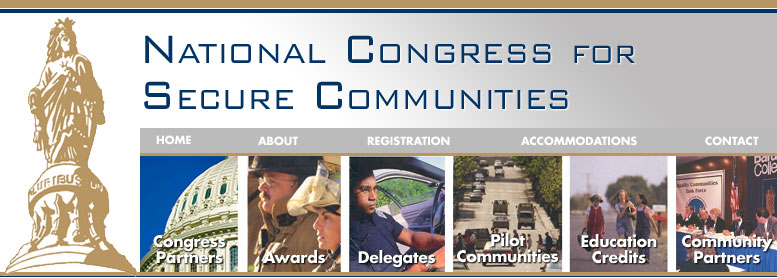Looking Back - Report: taking advantage of the private sector to safeguard the public - | 01.12.2011 | 08:52:5618856 |
January 2011: Since the attacks of September 11, 2001 the public and private sectors have been working together to find new ways of securing the country's critical infrastructure through federal action like the Homeland Security Act and the Homeland Security Presidential Directive 7 (HSPD-7). There have been other - private sector-driven steps taken as well, but it is with the cooperation of the federal government that industry can improve optimally on its preparedness, resiliency and response operations.- Because 85 percent of the nation's critical infrastructure is under the control of the private sector the federal government would do well to help establish and enforce standards which help to provide and predict a safer environment for companies. In turn, the private sector can invest in security measures to help secure that infrastructure, a report published by the Journal of Homeland Security and Emergency Management wrote in 2006. Written by Ian Siperco from the London School of Economics and Political Science, the report looked at the current state of the private sector's relationship with those industries which had guided their security frameworks into compliance with pubic sector security regulations. Commercial aviation and nuclear power, were "consistently measure(d) ahead of the curve in North American - and indeed global - security preparedness," Siperco wrote. Privately regulated security industries like finance, communications, and energy, which were guided by voluntary security regimes could be hampered by "corporate aversion to counter-competitive policies and the increased liability exposure associated with voluntary security investment," Siperco continued. Ultimately, Siperco concluded, "private sector entities can better secure the infrastructure under their control by adhering to recognized industry best business practices and standards and by entering into operational mutual-aid agreements with other industry partners." See Also: National Infrastructure Protection Plan Geospatial technology helping federal agencies map critical infrastructure DHS-led exercise combines critical cybersecurity practices New federal budget includes critical infrastructure security grants Critical infrastructure protection plan released
regional-disaster-guide.pdf
|

